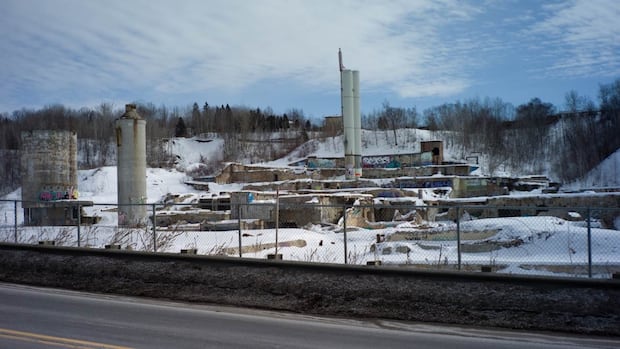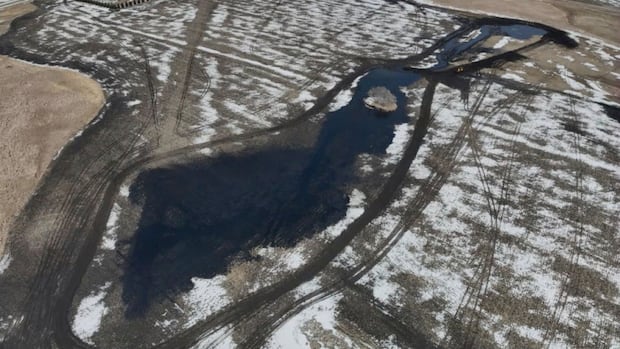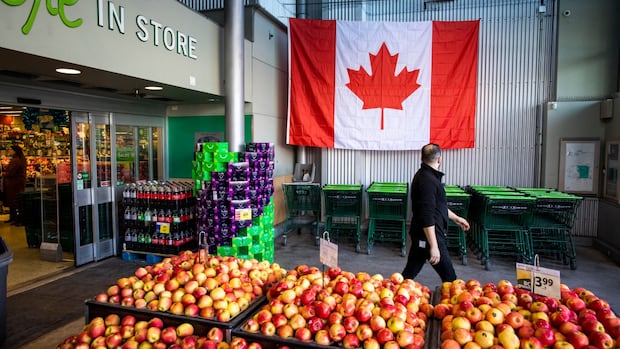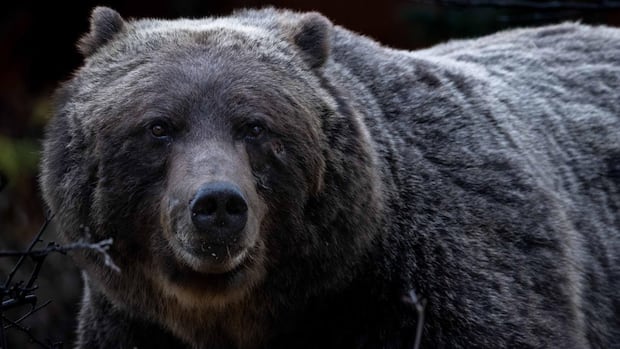The Boss is awake and ready for another year of munching grains and tromping around the Bow Valley.
Banff National Park's iconic dominant grizzly bear, officially known as bear No. 122, was spotted by Parks Canada staff in the lower Bow Valley on Monday.
Alberta's bears typically emerge from their winter dens throughout April and May, according to Alberta Forestry and Parks, and an increasing number of sighting are being reported.
With warm weather in the forecast for much of Alberta and more bears leaving their dens daily, the province issued a safety alert on Friday, urging hikers and backcountry users to be careful and plan ahead.
"We ask everyone enjoying Alberta's trails, parks and great outdoors to be alert," Alberta's Minister of Forestry and Parks Todd Loewen said in a news release.
"Bear safety is a shared responsibility, and simple precautions can help prevent serious encounters."
Reports of active bears are coming in from around the province, said John Paczkowski, human wildlife coexistence team lead with Alberta Forestry and Parks.
"Some people are still out there skiing and snowshoeing, going to the backcountry. But it's time to, you know, dust off your bear spray," he said. "Make sure you're carrying bear spray [and] know how to use it."
Paczkowski also recommends those spending time outside travel in groups, make plenty of noise, manage attractants like garbage and leash their dogs.
 The Boss was photographed by a trail camera in the Bow Valley on Monday. (Banff National Park)
The Boss was photographed by a trail camera in the Bow Valley on Monday. (Banff National Park)Bear No. 122 was photographed by a remote camera on Monday.
It's no surprise that The Boss, who in the past has been estimated to weigh 450 pounds, is among the first grizzlies spotted in the area this spring, according to conservationists.
Large male bears typically emerge from their dens first, followed by single females — females with cubs bring up the rear, said WildSmart program director Nick de Ruyter.
He said the chances of encountering a bear are highest at this time of year, with natural food sources still scarce.
"They're hungry, they're looking for food. Because there's snow up high, the only food they can find is in the valley bottoms," said de Ruyter.
"So, we're sharing this finite space in the valley bottoms with bears and other wildlife: elk and deer and cougars and wolves and coyotes."
During the spring months, bears typically feed on carcasses, grasses, dandelions and other plants, he added.
"Unfortunately, green grass and dandelions grow in backyards, playgrounds, parks, sports fields, along trails, along highways. And that's why also the springtime is extra dangerous for wildlife," said de Ruyter.
De Ruyter and Paczkowski are among those sharing bear safety information Saturday at Bear Day, an education event happening at the Canmore Nordic Centre Day Lodge.
Anyone who shows up can practice spraying bear spray, learn about bear behaviour and watch a bear trapping demonstration.
The province says bear sightings or dangerous wildlife activity can be reported to Fish and Wildlife by calling 1-800-642-3800.
Banff National Park said area closures may be implemented as bear activity ramps up. Active closures will be posted online.













